How about Honduran coffee beans? how about sweet orange manor coffee?
Professional coffee knowledge exchange more coffee bean information please follow the coffee workshop (Wechat official account cafe_style)
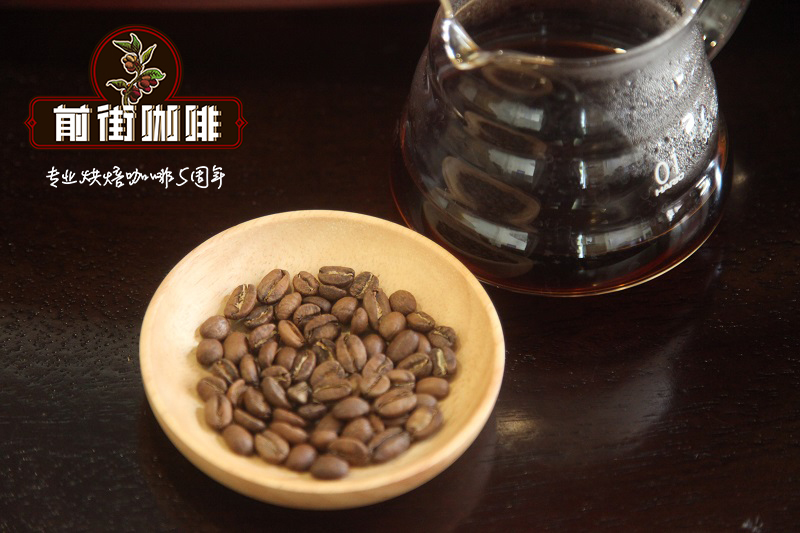
Honduras is located in central Central America, bordered by the Caribbean Sea to the north, the Pacific Ocean to the south, Guatemala to the west, El Salvador to the southwest and Nicaragua to the southeast. It covers an area of 112492 square kilometers and the coastline is about 1033 kilometers long. The whole territory, except the coastal plain, is mountainous, with the highest elevation of 3000 meters in the northwest and more than 2400 meters in the south. The main rivers in the territory are the Koko River, the Patuca River and the Wulu River. Rivers from inland mountains crisscross and flow into the two oceans. Many basins and river valleys are formed between the various mountain ranges. The larger basins are the Siria and Rapagu Alai basins, and the main river valleys are the Komayagua and Hamastland River valleys.
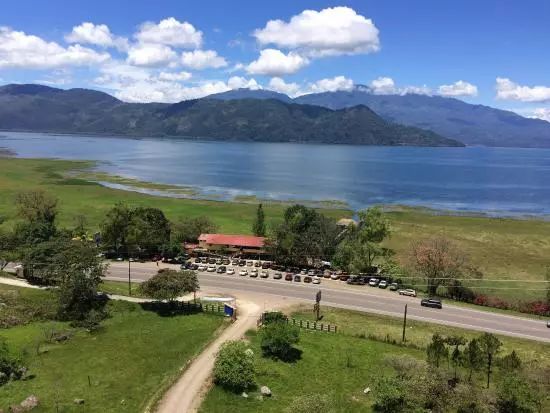
The whole country can be divided into four natural geographical areas: the eastern low area, the northern coastal alluvial plain area, the central high area and the Pacific coastal low area. Coastal islands are dotted with the main islands being the Baya Islands and the Tigris Islands in the Gulf of Fonseca. The terrain of Honduras is complex and the climate is diversified. Located in the coastal plain of Central America, it has a tropical rain forest climate, with an average annual temperature of 31 ℃. The mountain belongs to subtropical forest climate, the annual average temperature is 23 ℃, and the rainy season is from June to November.
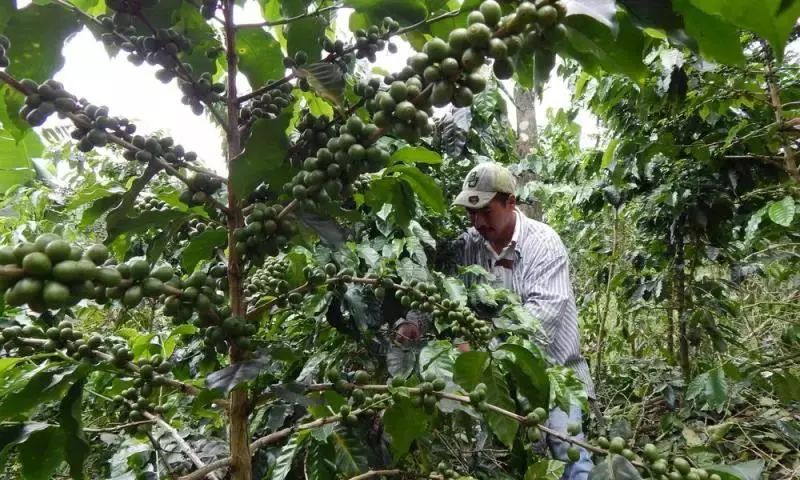
For coffee production, the geographical conditions of Honduras are no less than those of its neighboring coffee-producing countries such as Guatemala and Nicaragua. There are 280000 hectares of coffee plantations in Honduras, mainly small coffee plantations, most of which are less than 3.5ha. These coffee plantations account for 60% of the total coffee production in Honduras. In the coffee garden, because the planting area belongs to the mountain area, people pick coffee beans by hand, and then process them carefully in order to produce better quality coffee beans. Honduras collects 3 million bags of coffee every year and provides you with multi-quality coffee. It has become one of the top ten coffee exporters in the world.
Sweet Orange Manor (El Naranjo) is located in Marcala, one of the most famous producing areas in Honduras. Honduras is born with suitable soil and water, and there are a number of high-quality coffee trees growing in Honduras. The manor is also named after the shade tree, so the shade tree of the sweet orange manor is a tall wild orange tree, the aroma of wild orange is very strong, there is a rare rich sweetness in growing coffee here, and orange fruit trees also inject rich flower and fruit aromas into the coffee. The varieties now grown on the estate are Kaddura, Bourbon and Rosa. In addition to fruit trees and coffee trees, the manor also has windbreak walls to protect coffee and fertilizer mainly composed of fresh coffee fruit shells.
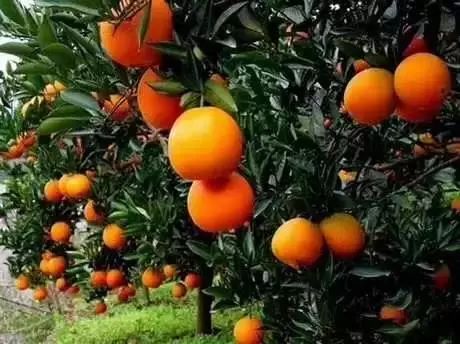
Last year, when the Sweet Orange Manor won the 14th place in the Outstanding Cup contest in 2016, the female owner Carmen Fabiola Fiallos Melendez finally realized her dream of becoming a boutique coffee farmer. Makara belongs to the La Paz region and produces coffee on a par with Santa Barbara, another famous producing area in Honduras. The Caballero family also has a farm in Makala, and they won the 2016 championship on La Paz's farm.
Unlike large estates, the Dominguez are both landowners and coffee farmers, and it was only after their marriage that Carmen began to make coffee. The two work well together, she is in charge of the harvest and drying process, her husband is in charge of peeling and peeling, and they hope to pass on not only a coffee farm, but also a passion for coffee to their two children. The family has been involved in the planting and promotion of coffee trees for generations. Roger is the third generation of manor users. He began to grow coffee from his ancestors and now owns four manors through the efforts of his family. Sweet Orange Manor is one of his family. The whole manor covers an area of 43 hectares, with an average elevation of 1650m.
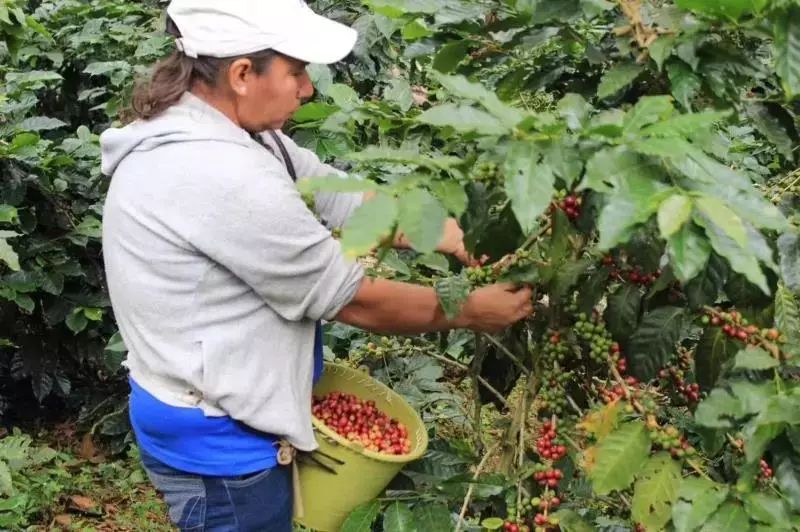
The granules of coffee beans in Honduras are large in shape, uniform in size and glossy in color. In order to facilitate harvesting, farmers will trim the coffee trees to no more than 150 centimeters, because if they grow too high, they have to set up ladders to pick, which is not only time-consuming, but also may damage the trees by bending branches. As the ripening period of each fruit of coffee beans is different, in order to maintain the good quality of coffee beans, it is necessary to pick them manually, and then select the ripe fruits. For coffee fruits of the same branch, it often takes several weeks to pick them all.
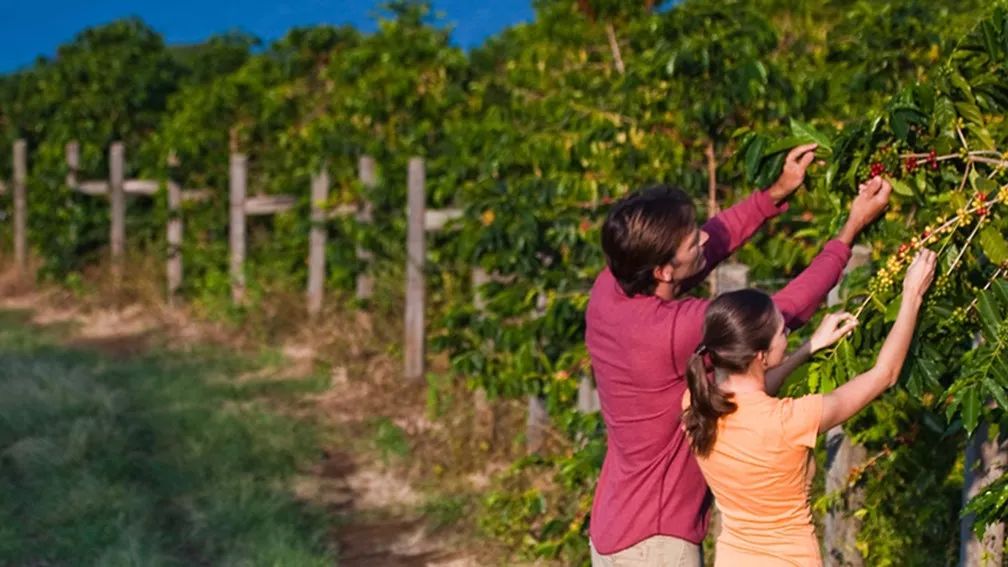
Important Notice :
前街咖啡 FrontStreet Coffee has moved to new addredd:
FrontStreet Coffee Address: 315,Donghua East Road,GuangZhou
Tel:020 38364473
- Prev
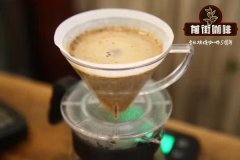
What is the ratio of hand-ground coffee powder to water | how long does it take to make a cup of hand-made coffee?
Professional coffee knowledge exchange more coffee bean information Please follow the coffee workshop (Wechat official account cafe_style) when coffee has become a part of life, hand-made coffee has become a concrete manifestation of the sense of ritual of life. From the selection of coffee beans to the grinding of coffee powder, and then to the brewing process, the selection and operation of each link will determine the final flavor and flavor of this cup of coffee.
- Next
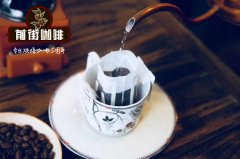
Where are the coffee producing areas in Colombia and how are the flavor performances
Professional coffee knowledge exchange More coffee bean information Please pay attention to Coffee Workshop (Weixin Official Accounts cafe_style) Colombia Coffee is one of the few single-item coffees sold under the name of the country in the world, and it is also a successful example of the successful combination of geographical identity and brand image. In December 2004, the Colombia Coffee Producers 'Association (FNC) sent a letter to Colombia
Related
- Beginners will see the "Coffee pull flower" guide!
- What is the difference between ice blog purified milk and ordinary milk coffee?
- Why is the Philippines the largest producer of crops in Liberia?
- For coffee extraction, should the fine powder be retained?
- How does extracted espresso fill pressed powder? How much strength does it take to press the powder?
- How to make jasmine cold extract coffee? Is the jasmine + latte good?
- Will this little toy really make the coffee taste better? How does Lily Drip affect coffee extraction?
- Will the action of slapping the filter cup also affect coffee extraction?
- What's the difference between powder-to-water ratio and powder-to-liquid ratio?
- What is the Ethiopian local species? What does it have to do with Heirloom native species?

